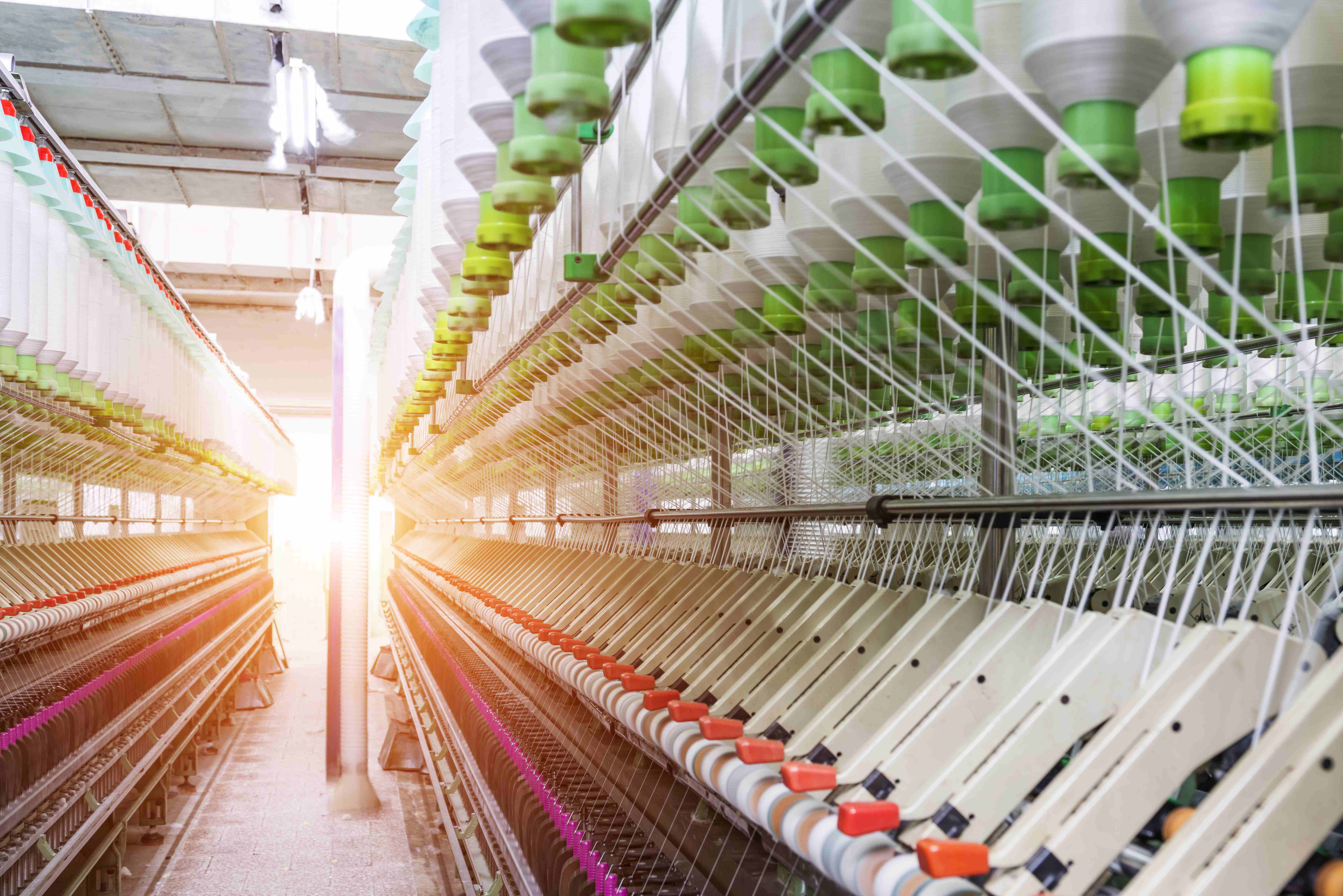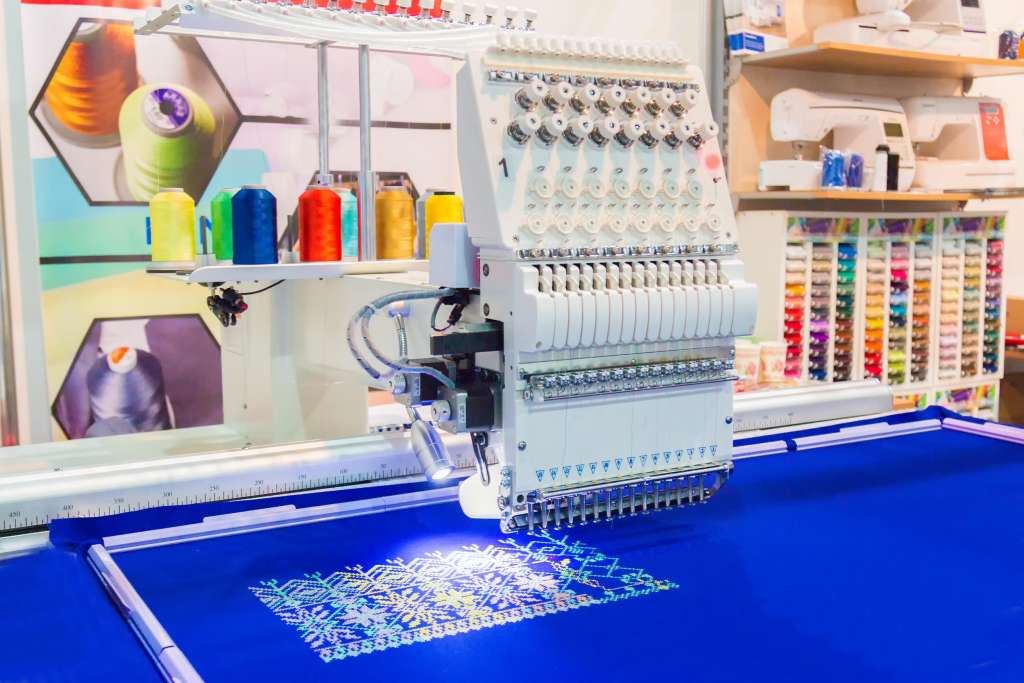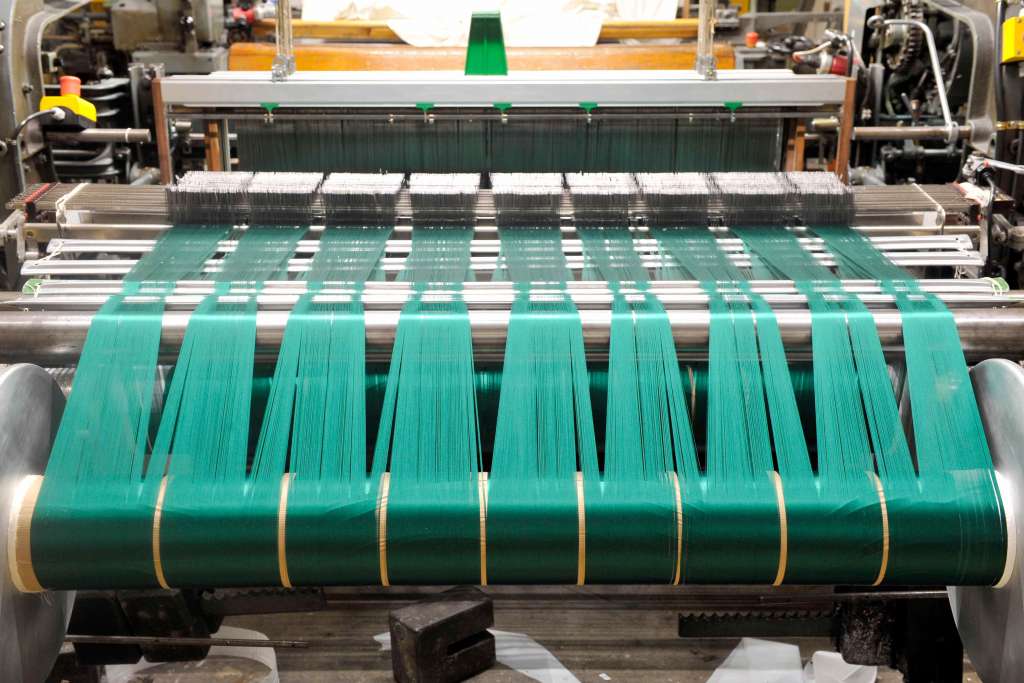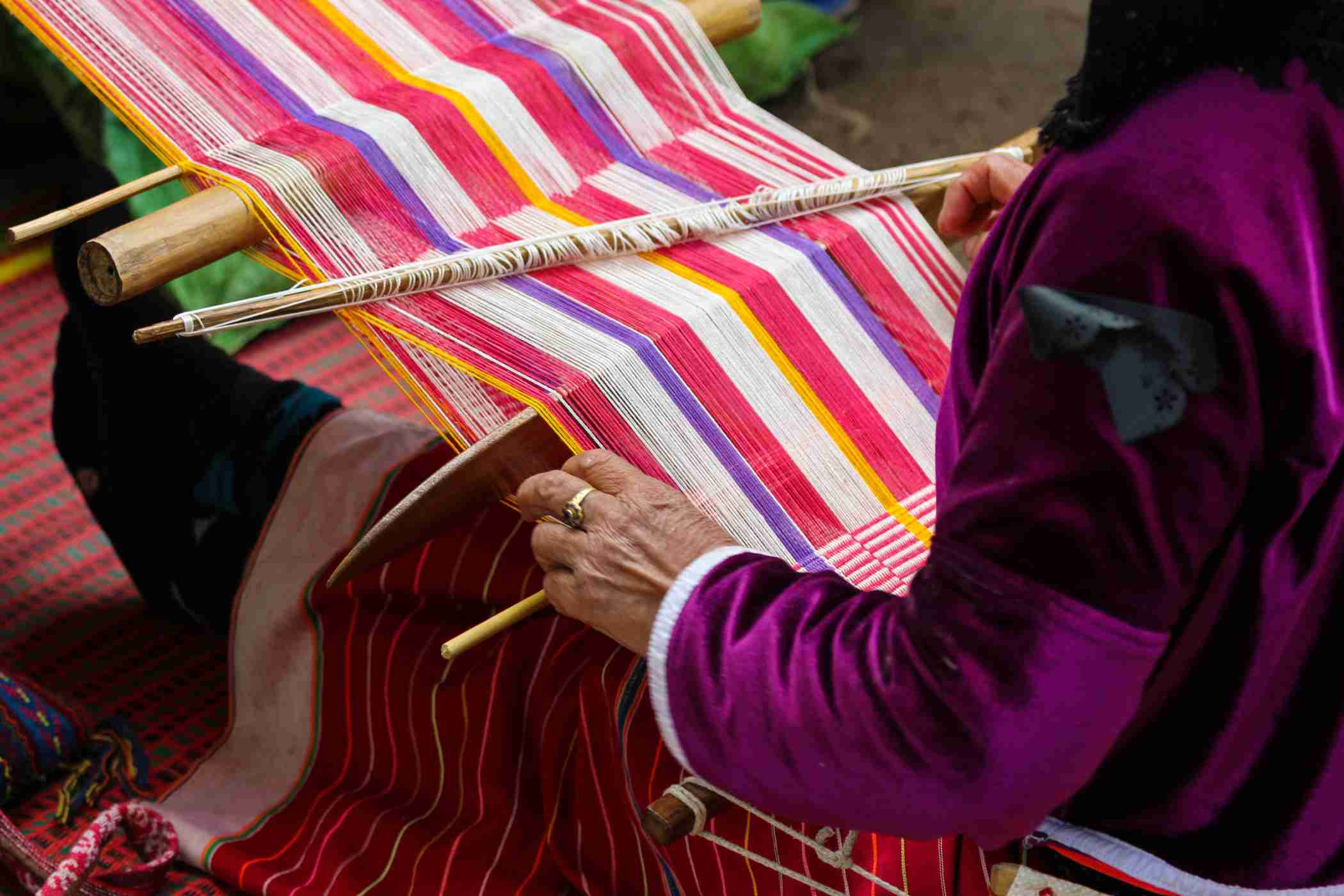Textile Trepidations on the Global Economy



Summary: The textile industry is much more than just a parent to the apparel industry. It is a key differentiator for economies that hold the power to govern the rise and fall of countries in the future. This is especially the case as it tightens its grip on world economies.
While the fashion industry gains the limelight in the bling arena, it is the good old textile industry that governs the global economic currents.
Pegged to be at around $920 billion in 2021, the global textile industry is projected to witness a CAGR of 4.4% (approx.) by 2024. This would then take the evaluation of the textile industry to $1,230 billion, according to a recent report.
The textile industry, whether we realize it or not, affects every person in every country, either directly or indirectly. The key players in this ever-growing market are China, Europe, the USA, India, Bangladesh, and Pakistan.
Where does the USA stand?

The USA holds the lead as the exporter and producer of raw cotton as per a report. It also features among the top importer of garments and raw textiles. The USA textile and apparel industry, in terms of industry shipments, is approximately $70 billion strong.
The nation fairs among the top markets in the world as per export value ($23 billion in 2018) and contributes significantly as a manufacturer. The industry employs 341,300 people and is a competitive contributor to the global economy. Fashion isn't the only end industry to textiles. Yarns, fabric, apparel and home furnishings are also ancillary to textile.
Power dynamic parley
The USA being a major importer of clothing, even after being a foremost textile manufacturer, is in a constant tussle with the textile nations of China, India, Pakistan, Bangladesh, and increasingly, Vietnam.
Over the last decade, global wars, recession clouds, climate change, resultant crop damage, a shift in power dynamics among countries, and a waltz of the currencies have maneuvered textile trends and strength.
The US textile industry boomed in the past six years and has grown by 14% during that period. Currently, an estimated 20-60 million people cater to the textile industry globally.
A slight shift in the power dynamics of the countries involved can change the tide for millions. As GDP forecasts see changes in a tumultuous economy, the fate of the textile industry in different countries will depend on in-house policies and relaxations to boost productivity, export, and employability. This, in turn, will translate to defining the future kings and queens of textile on the world stage. The textile industry makes up approximately 2% of the global Gross Domestic Product. However, the percentage of GDP is much higher for the world’s leading producers and exporters of textiles and garments.

The threads of India and China
The global textile industry is currently the playing field of two of the fastest-growing economies—India and China.
The success of Asian markets can be credited to the abundant availability of natural resources pertaining to textile, manpower, and the expertise of an agrarian society. Easily available manpower entails lower wage rates and higher production. Good quality textile at low prices is what gives Asia an edge over other regions. Developed economies thus usually end up importing textiles or outsourcing manufacturing to meet their needs.
The current Indian textile industry is worth almost $223 billion as per a Statista report and is responsible for more than 6% of the total textile production, globally. However, China still leads in exports.
Foundation of textile rooted in numbers
Covid-19 stalled the wheels of thread in track as supply chains, manufacturing, supply and demand - more or less everything hit a temporary dead end. Economies were in disarray over precious hours and businesses lost in such harrowing times.
But what the world realized on the back of Covid-19 was that the textile and apparel industry is a key differentiator in making or breaking economies, so to speak. It acts as a brilliant starter for industrialization by acting as a capital churner to invest in other industries.
The global textiles and apparel industry market had a retail market value of $1.9 trillion in 2019. Boston Consulting Group's projections show that it may reach $3.3 trillion in 2030 by growing at a CAGR of 3.5%. Rising disposable income, population boom and rapid urbanization in developing countries are slotted to drive demand in the future.
Fashion of textile

Fashion is a fast game but textile is a long and slow one. In order to participate in the relatively microscopic gaming arena of fashion it is important to understand the economy of fashion and its drivers.
Imagine fashion to be the glossy magazine cover and textile to be the spine. While fashion drives revenue, textile governs economies.
Key Takeaways:
- Asia holds the upper hand in the segments of textile manufacturing and export.
- Textile affects the lives of almost everyone on the planet, either directly or indirectly.
- The power of textile is yet to unleash its full potential but countries like India and China have already taken the lead with in-house ease in policies, duties and introduction of stimulus.
Fashinza can help you better understand the textile industry and find the best textile factories for your brand. Think textile savvy, think Fashinza.


Scope Of Indian Handicrafts: A Look At The Post-Pandemic Future For Indian Handicrafts
5 min read
981 views

Which Countries Have The Best Clothing Manufacturers? (Industry Research)
5 min read
9.7k views

Pros and Cons Of Manufacturing in India, Bangladesh, China, and Vietnam: A Comparative Study
5 min read
4.0k views















